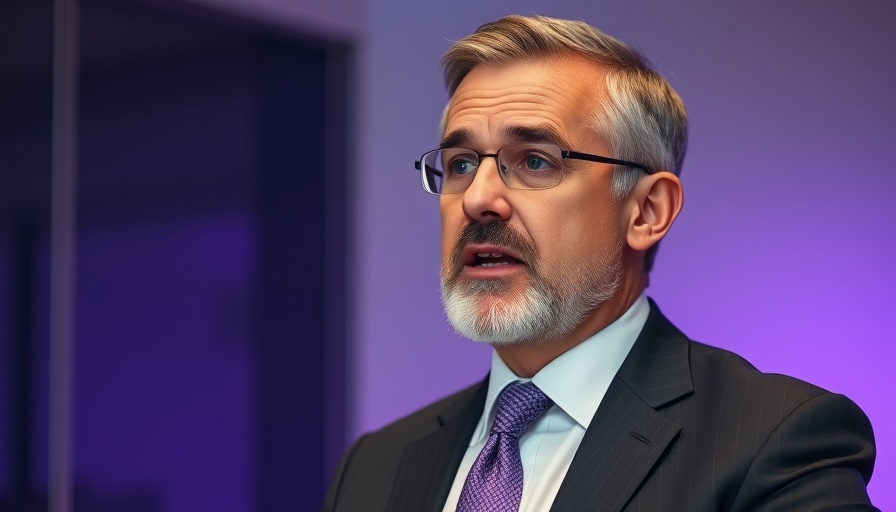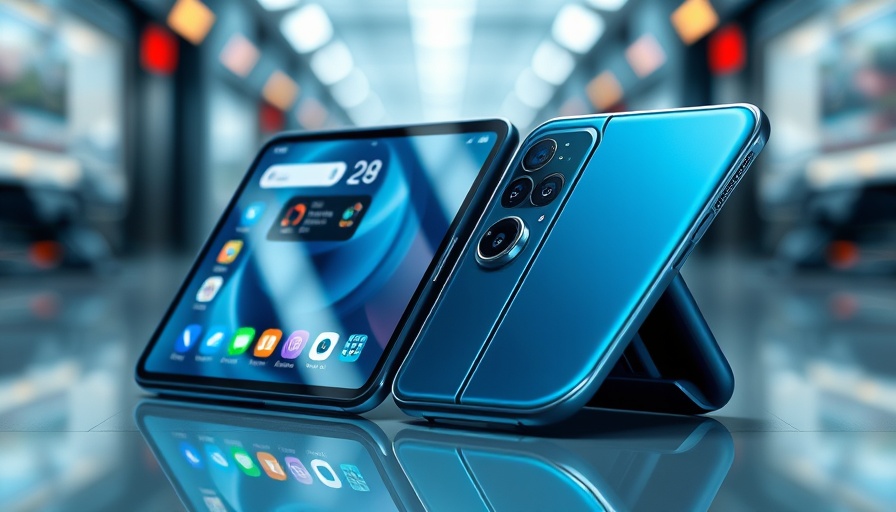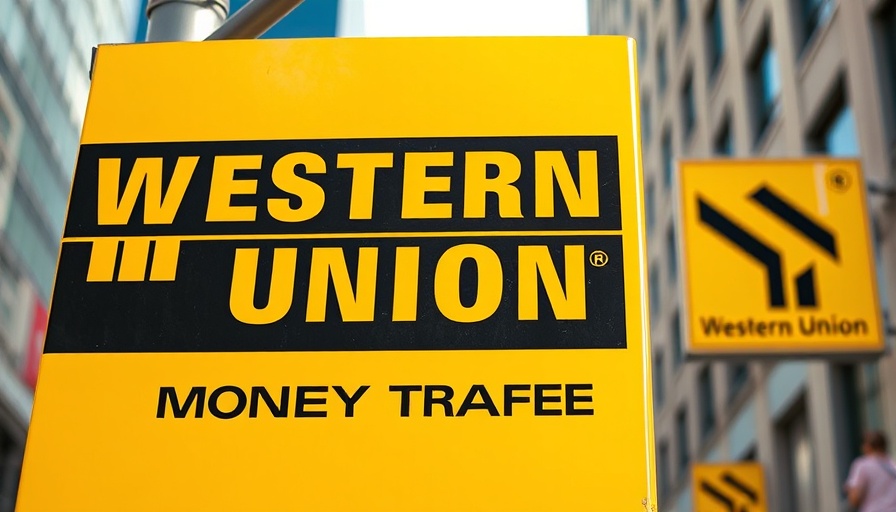
Starbucks Builds a New Executive Office: What You Need to Know
Starbucks has recently constructed a new 4,624-square-foot office just five minutes from its CEO Brian Niccol's home in Newport Beach, California. Designed with luxury finishes in mind, including white oak floors and custom countertops, this office reflects a trend among top executives prioritizing comfortable yet functional workspaces.
Luxury Office Trends Among Executives
Such high-end corporate spaces are becoming increasingly common as companies compete for the best talent and strive to provide environments that feel more like home than traditional offices. This Newport Beach office, designed by the notable architect firm Gensler, mirrors a growing emphasis on premium offices, which are seen not just as workspaces but as strategic advantages for attracting and retaining top executives.
The Rationale Behind the Office's Location
CEO Brian Niccol’s choice to locate his office close to home highlights an ongoing shift in corporate culture regarding the remote work paradigm. Previously commuting almost 1,000 miles to the Starbucks headquarters in Seattle, Niccol's new office allows for more effective use of his time and aligns with Starbucks' push for increased in-office presence among employees, compelling those who can to return to the office four days a week.
Cost Implications and Business Strategy
The decision to build such an office comes with significant costs, as seen in Niccol's $1.6 million salary and $10 million signing bonus included in his compensation package. This investment in a luxury office raises questions about company priorities and whether the associated costs justify potential boosts in employee productivity and satisfaction. Starbucks aims to turn around its sales slump, and the new office is part of that overarching strategy.
Inclusive Work Environment: Who Else Benefits?
While initially designed for Niccol, Starbucks has confirmed that other employees will also have access to the new office. This indicates a strategy to create an inclusive work environment, appealing to different segments of personnel with varying needs and preferences. However, how many employees will actually utilize this luxurious space remains to be seen.
What This Means for Company Culture
As Starbucks prepares for a more structured return-to-office initiative, this new luxury office signifies a distinct message: the company is ready to invest in its leadership and its culture. However, some employees may feel disadvantaged by these high-level perks, especially considering the option for cash buyouts for those preferring not to return to in-person work.
This new office is not just a place for Niccol to work; it is a physical embodiment of Starbucks' evolving corporate identity that seeks to balance luxury with practicality. As such, it serves as a case study on executive benefits and their impacts on broader corporate dynamics.
Conclusion: Looking Ahead
As businesses trend towards enhanced environments—with luxurious offices becoming a hallmark of corporate power—this move by Starbucks could signal a shift in how financial resources are allocated within corporate structures. Evaluating the return on investment from luxury offices like the one in Newport Beach could become more common as companies navigate post-pandemic workplace culture.
Ultimately, understanding these developments within elite corporate environments, and weighing their pros and cons against employee needs, will be crucial as we move forward in a rapidly changing corporate landscape.
 Add Row
Add Row  Add
Add 



Write A Comment